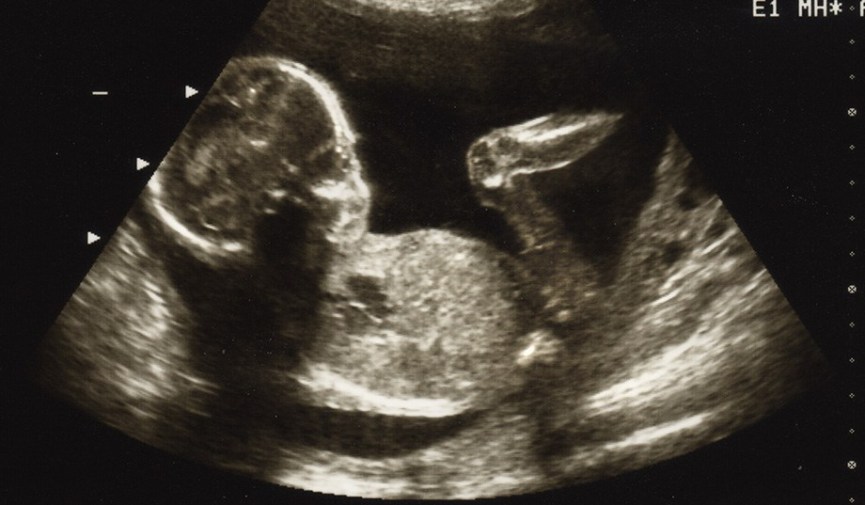
It never originally made sense. But if it suddenly stopped making sense for some, all the better.
At the time of the Roe v. Wade decision, I was a college student — an anti-war, mother-earth, feminist, hippie college student. That particular January I was taking a semester off, living in the D.C. area and volunteering at the feminist “underground newspaper” Off Our Backs. As you’d guess, I was strongly in favor of legalizing abortion. The bumper sticker on my car read, “Don’t labor under a misconception; legalize abortion.”
The first issue of Off Our Backsafter the Roe decision included one of my movie reviews, and also an essay by another member of the collective criticizing the decision. It didn’t go far enough, she said, because it allowed states to restrict abortion in the third trimester. The Supreme Court should not meddle in what should be decided between the woman and her doctor. She should be able to choose abortion through all nine months of pregnancy.
But, at the time, we didn’t have much understanding of what abortion was. We knew nothing of fetal development. We consistently termed the fetus “a blob of tissue,” and that’s just how we pictured it — an undifferentiated mucous-like blob, not recognizable as human or even as alive. It would be another 15 years of so before pregnant couples could show off sonograms of their unborn babies, shocking us with the obvious humanity of the unborn.
We also thought, back then, that few abortions would ever be done. It’s a grim experience, going through an abortion, and we assumed a woman would choose one only as a last resort. We were fighting for that “last resort.” We had no idea how common the procedure would become; today, one in every five pregnancies ends in abortion.
Nor could we have imagined how high abortion numbers would climb. In the 43 years since Roe v. Wade, there have been 59 million abortions. It’s hard even to grasp a number that big. Twenty years ago, someone told me that, if the names of all those lost babies were inscribed on a wall, like the Vietnam Veterans Memorial, the wall would have to stretch for 50 miles. It’s 20 years later now, and that wall would have to stretch twice as far. But no names could be written on it; those babies had no names.
We expected that abortion would be rare. What we didn’t realize was that, once abortion becomes available, it becomes the most attractive option for everyone around the pregnant woman. If she has an abortion, it’s like the pregnancy never existed. No one is inconvenienced. It doesn’t cause trouble for the father of the baby, or her boss, or the person in charge of her college scholarship. It won’t embarrass her mom and dad.
Abortion is like a funnel; it promises to solve all the problems at once. So there is significant pressure on a woman to choose abortion, rather than adoption or parenting.
Read the whole thing:
When Abortion Suddenly Stopped Making Sense | National Review
Abortion won the day, but sooner or later that day will end. At the time of the Roe v. Wade decision, I was a college student – an anti-war, mother-earth, feminist, hippie college student. That particular January I was taking a semester off, living in the D.C.